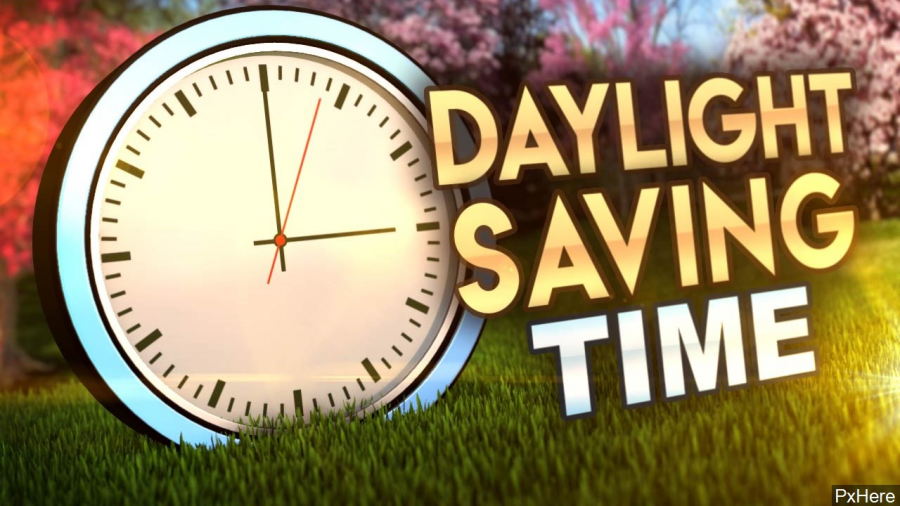Why Do We Change Our Clocks Twice a Year?
Every year, over 70 countries switch the time on their clocks to conserve daylight; also known as Daylight Saving Time (DST). Different countries observe Daylight Saving Time at different times, but the United States and Canada both begin DST on the first Sunday in March and end on the first Sunday of November. The reason countries still continue this is because it achieves longer daylight in the evening of the summer months. However, it did not always start out this way.
Daylight Saving Time was first invented by Benjamin Franklin in 1784. His reasoning for turning the clocks forward was that people could take advantage of the extra evening daylight rather than wasting energy on lighting. Franklin was an ambassador to Paris at the time and he wrote a letter about his discovery to the Journal of Paris in 1784. Unfortunately, no one went through with this idea until a little over a century later, in 1908 in Thunder Bay, Canada. Two years into World War I, in 1916, Germany and Austria became the first countries to use DST when they moved their clocks forward on April 30 in order to minimize the use of artificial lighting to save fuel for the war effort. Soon after Germany and Austria, almost every other country in World War I followed their lead and moved their clocks forward as well. On March 9, 1918, the Congress in the United States voted to enact Daylight Saving Time and time zones. Since coal was used by so many back then, saving the daylight throughout the day actually did conserve energy as well as contribute to the war effort.
Many people believe in the idea that Daylight Saving Time was instituted to help farmers, which is a myth. After World War I, President Woodrow Wilson wanted to keep DST, but the country was mostly rural at the time and farmers objected because they did not want to lose an hour of morning light. Later in 1966, DST was established by federal law in the Uniform Time Act. States are not forced to use DST, but if they do decide to join in, they will have to observe it at the same time as the rest of the United States. There are actually two states that do not use it: Hawaii and Arizona, along with the territories of American Samoa, Guam, the Northern Mariana Islands, Puerto Rico and the U.S. Virgin Islands.
Hawaii went away with Daylight Saving Time in 1967 because the sun rises and sets there at the same time every day, so it did not impact much. Hawaii also has its own time zone so it does not affect any other countries. In 1968, the Arizona State Legislature voted against adhering to Daylight Saving Time because it was costing residents a lot of money to cool their homes in the evening after work. Since temperatures in Arizona reach triple digit temperatures, residents would rather have less daylight in the summer months to avoid the heat. The only part of Arizona that does use DST is a region in Northern Arizona called Navajo Nation. During DST, Arizona will be at the same time as California and other states around them, but in the winter, Arizona is one hour ahead because they do not change their clocks back.
Daylight Saving Time does not save as much energy as it did back when it started in World War I and when people still used coal, but it continues to reduce electricity usage because of the extra hours of daylight in the summer evenings. As of March 2021, fifteen US States have passed laws for permanent DST and more and more states are following their lead.

Cate Stanton, class of 2022, is co-Editor-in-Chief of The Searchlight. At Walpole High School she is co-President of the French Club, a member of the National...











